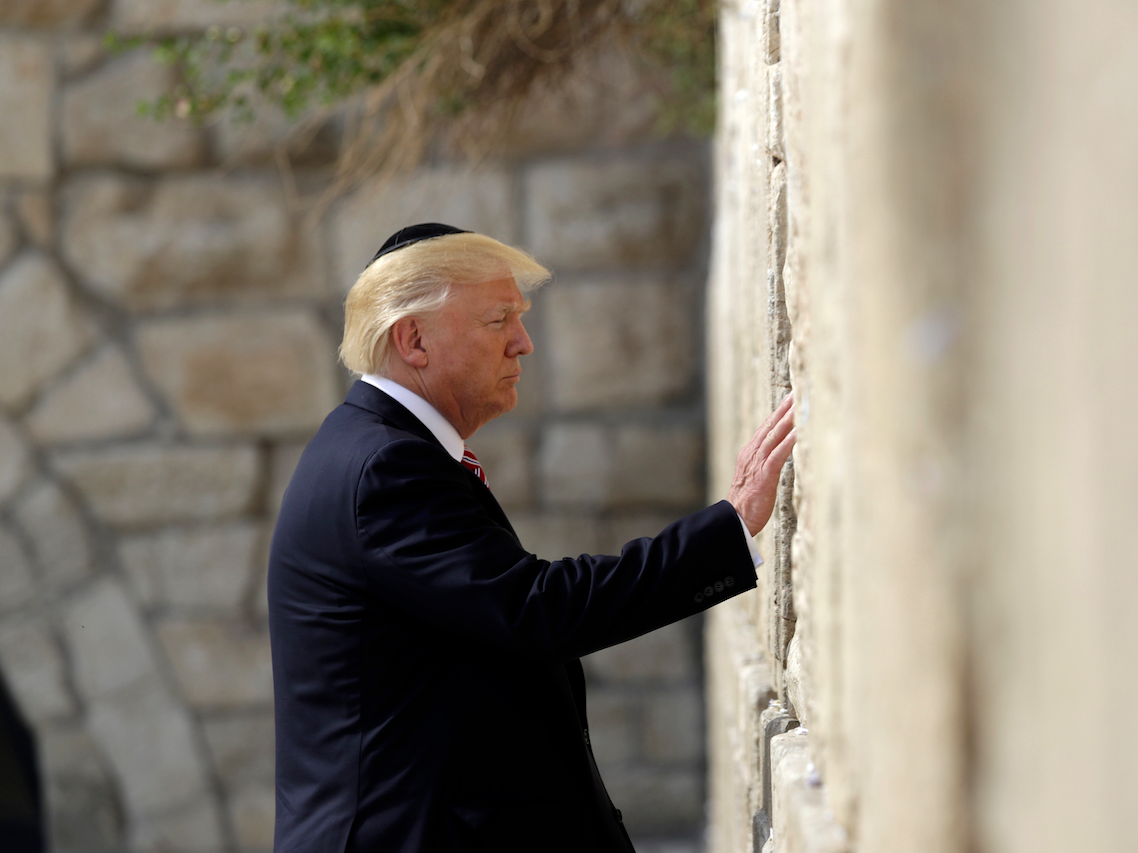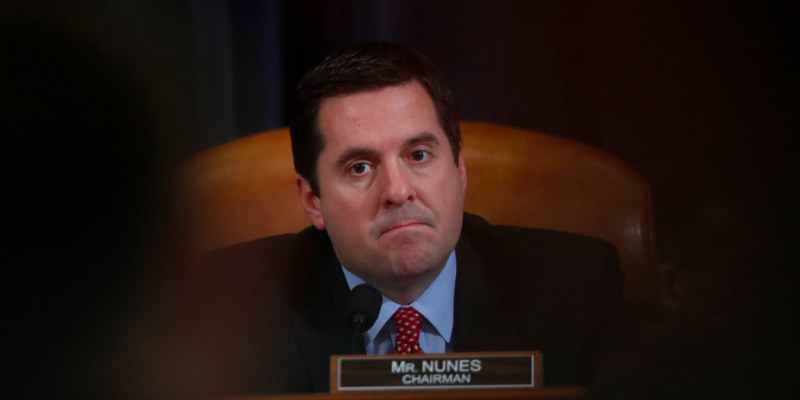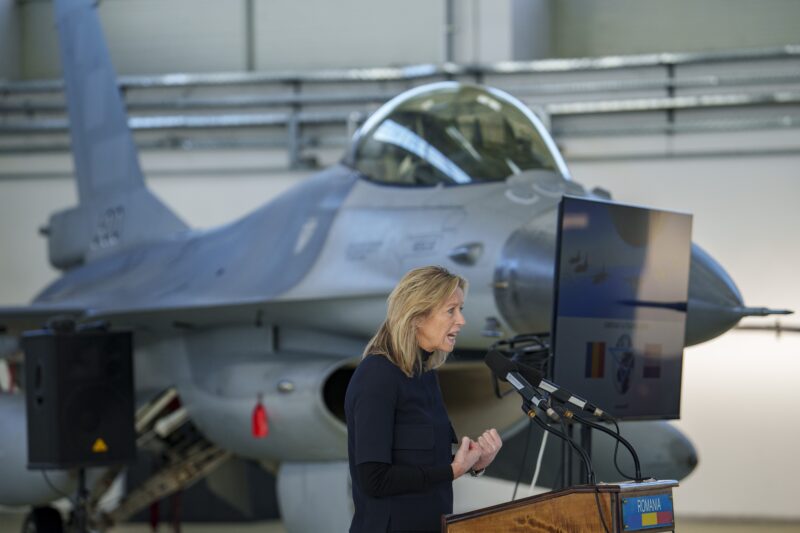On Monday, President Donald Trump became the first sitting American president to visit the Western Wall in Jerusalem, a sacred prayer site for Jews, during his five-day trip to the Middle East and Europe.
The visit was preceded by some tension after a member of the Trump administration reportedly told Israeli officials that the Western Wall was located in the West Bank, rather than in Israel.
Both Israelis and Palestinians claim Jerusalem as their capital city – and the Western Wall is a prominent symbol of this dispute, as it runs next to one of the holiest sites in Islam, Al Aqsa Mosque.
An administration spokesman said the reported comments from the American official “do not reflect the US position, and certainly not the president’s position.” But the White House has not made its position on the matter clear.
On Monday, Secretary of State Rex Tillerson seemed to stick to that stance, refusing to say whether the Wall is either in Israel or the West Bank. But last week, United Nations ambassador Nikki Haley said that, regardless of the administration's policy, she believes the Western Wall is on Israeli land.
The US has long refused to take a stance on the location of the holy site, leaving that dispute to be determined by future peace talks between the Israelis and Palestinians.
On the campaign trail, Trump repeatedly vowed to move the American Embassy in Israel from Tel Aviv to Jerusalem, but he has backed away from that promise since taking office. Last week, Tillerson said the president has reconsidered the move in light of the potential adverse impact it would have on peace negotiations.
"I think in large measure the president is being very careful to understand how such a decision would impact a peace process," he said on "Meet the Press."











